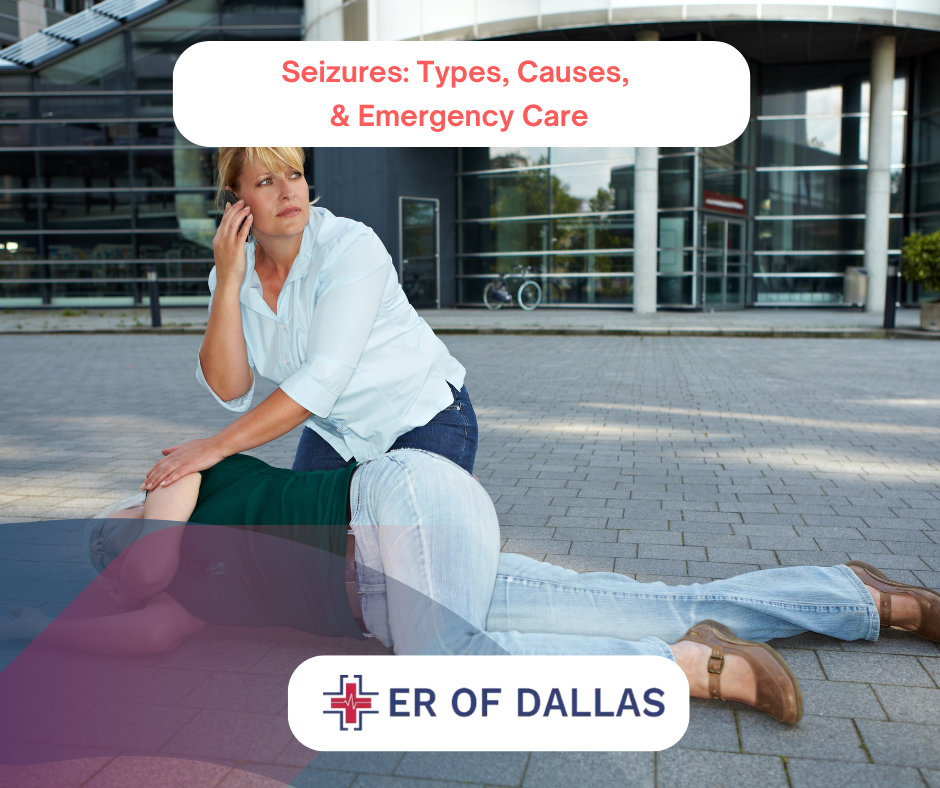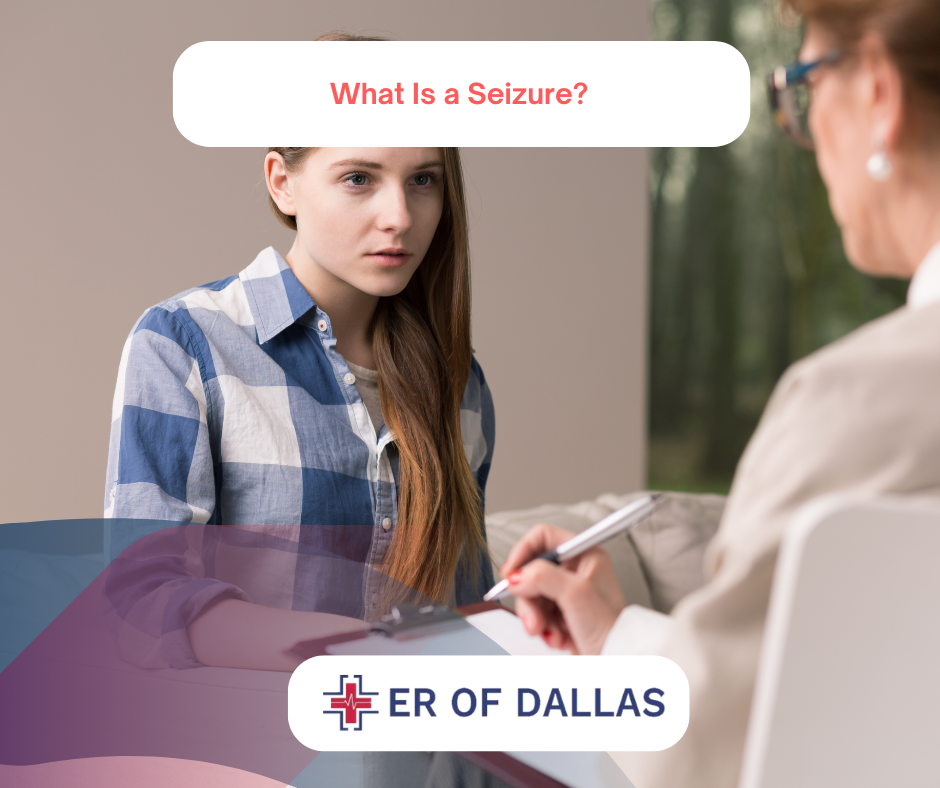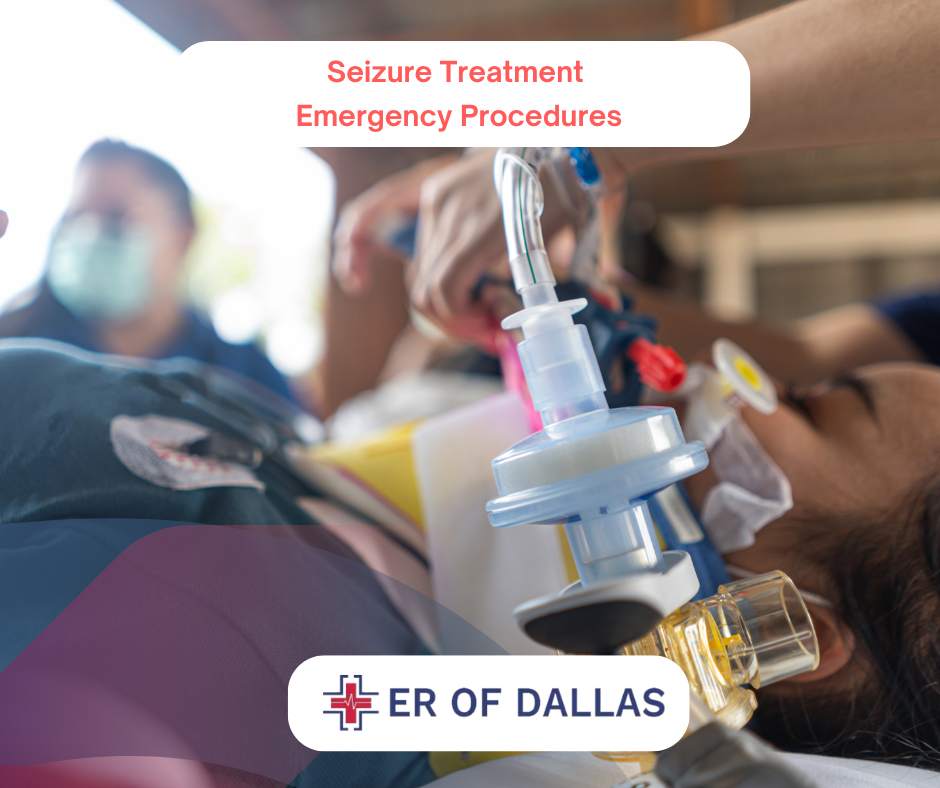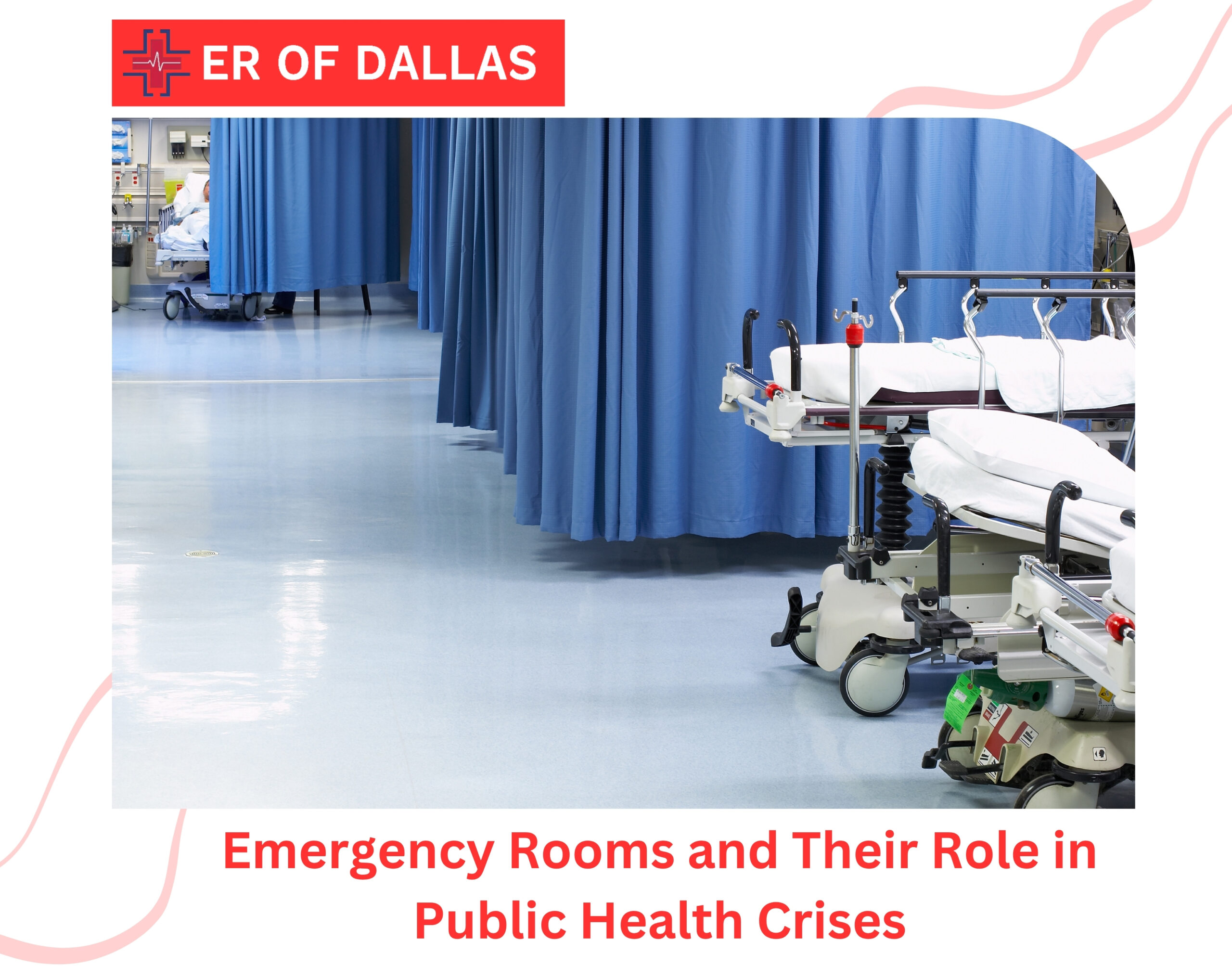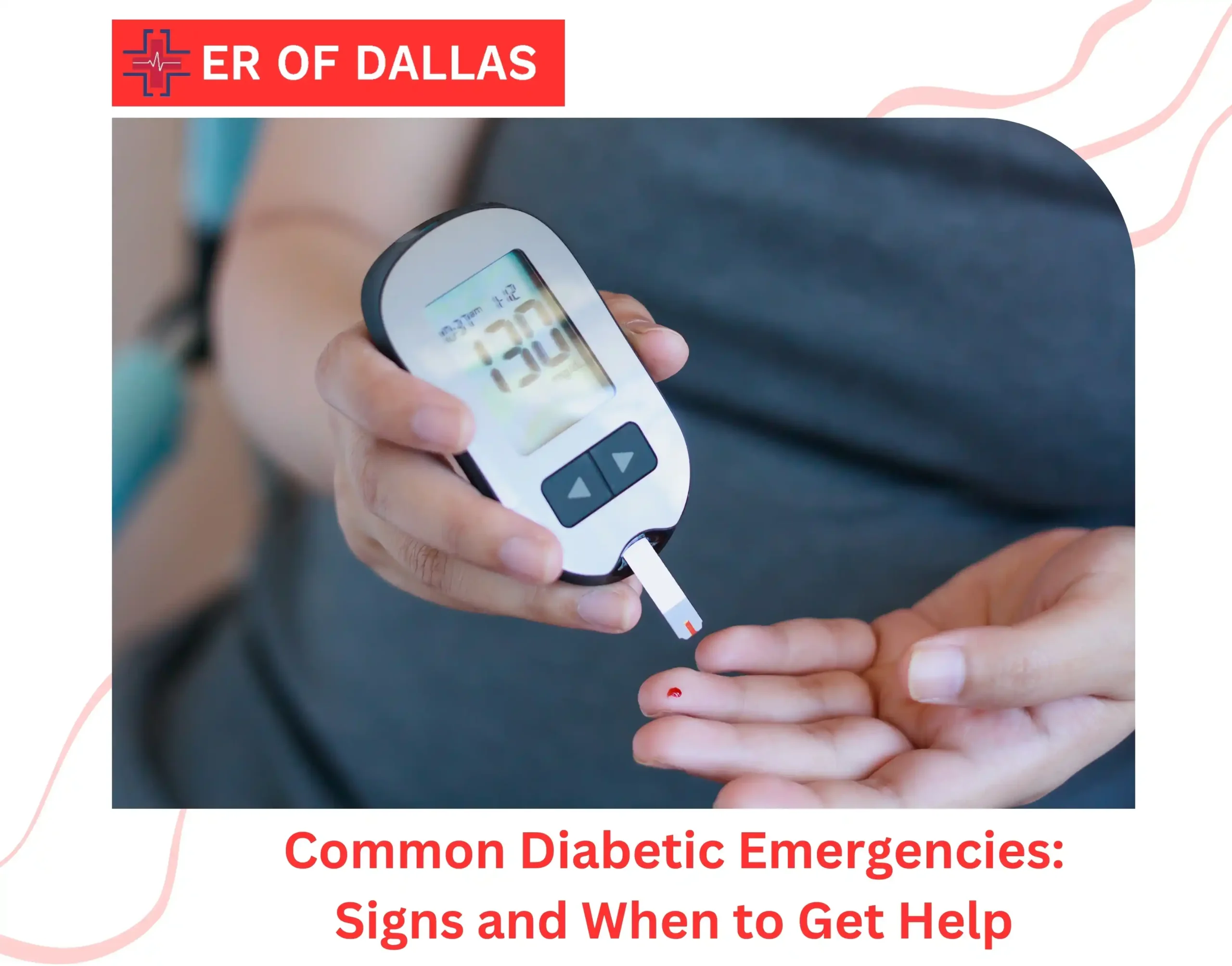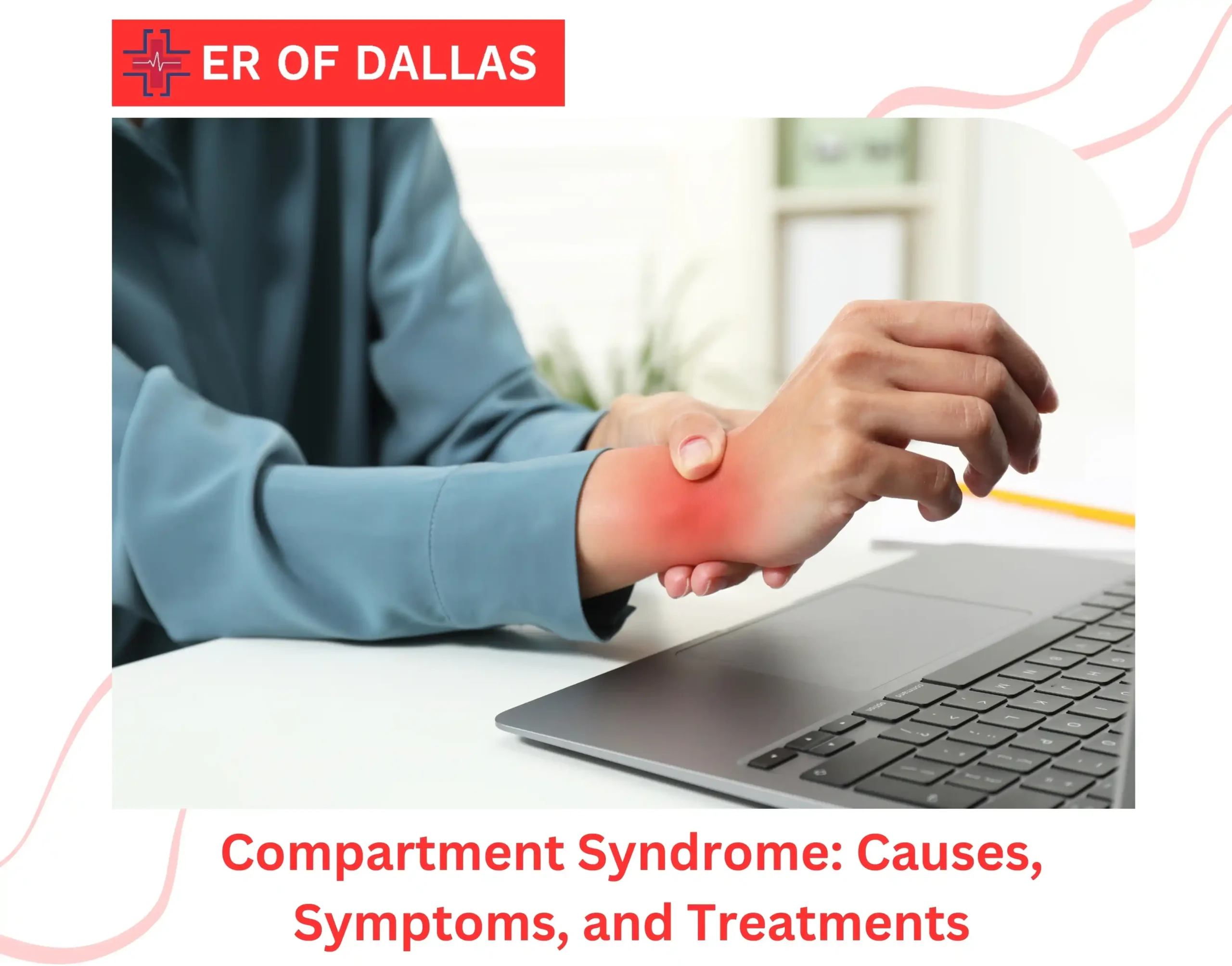Seizures can be as diverse as they are alarming. From subtle eye flutters to full-body convulsions, these neurological events come in many forms, each telling a different story about your brain’s health.
But what triggers these electrical storms in your mind? And how can recognizing the signs help you regain control?
From epilepsy to electrolyte imbalances, the causes of seizure are as varied as their symptoms. Let’s decode the mystery of seizures and how you can effectively manage, or even prevent, this critical condition.
What Is a Seizure?
A seizure is a sudden, uncontrolled electrical disturbance in the brain. It can cause changes in behavior, movements, feelings, or consciousness.
Seizures vary in duration, lasting from seconds to minutes. Their impact ranges from mild to severe, depending on which part of the brain is affected.
Seizure Symptoms
Seizure symptoms can vary widely depending on the type and severity of the seizure. Some common symptoms include:
- Temporary confusion: A brief period of disorientation or inability to think clearly
- Staring spell: A momentary lapse where the person appears to be staring into space
- Involuntary jerking movements: Uncontrolled movements of the arms and legs
- Loss of consciousness or awareness: A complete or partial loss of awareness of one’s surroundings
- Cognitive or emotional changes: Alterations in mental state, which may include feelings of fear, anxiety, or déjà vu, where you feel like you’ve experienced the same moment before
Types of Seizures
Seizures are categorized based on how and where they start in the brain. The two main types are focal and generalized seizures. If the origin of the seizure activity in the brain is not known, the seizure may be classified as unknown onset.
Focal Seizures
Focal seizures originate from electrical disturbances in a specific region of the brain. They can occur with or without a loss of consciousness:
- Focal Seizures with Impaired Awareness: These seizures involve a dream-like state. People may stare blankly and perform repetitive actions like rubbing their hands, repeating words, or walking in circles. Often, they won’t recall the seizure or even realize it happened.
- Focal Seizures without Impaired Awareness: These seizures can alter emotions or sensory perceptions, such as smell, taste, or sound, without loss of consciousness. Individuals may experience sudden feelings of anger, joy, or sadness, or have nausea and strange sensations. They may also lead to speaking difficulties, involuntary movements like jerking of an arm or leg, and sudden sensory disturbances.
The symptoms of focal seizures can sometimes be mistaken for other neurological or mental health conditions, such as migraines, narcolepsy, or psychiatric disorders.
Generalized Seizures
Generalized seizures affect both sides of the brain from the onset. They include several types, including:
- Absence Seizures: Previously called petit mal seizures, these often occur in children. They’re brief staring spells that last between 5 and 10 seconds and may occur up to hundreds of times a day in clusters, briefly disrupting awareness.
- Tonic Seizures: These seizures involve muscle stiffening, commonly affecting the back, arms, and legs. Individuals might lose consciousness and fall.
- Atonic Seizures: Also known as drop seizures, these involve a sudden loss of muscle control, leading to falls or a head drop.
- Colonic Seizures: Characterized by repetitive jerking movements, clonic seizures typically involve the neck, face, and arms on both sides of the body.
- Myoclonic Seizures: These seizures present as quick, brief jerks or twitches of the arms and legs, often without loss of consciousness.
- Tonic-Colonic Seizures: Formerly known as grand mal seizures, these are the most severe type. They can cause sudden loss of consciousness, muscle stiffening, shaking, bladder control loss, and tongue biting. Lasting several minutes, they may start as focal seizures before spreading to the entire brain.
Seizure Stages
Seizures generally progress through three distinct phases: prodrome, ictal, and postictal.
Prodrome
The prodrome is an early warning that a seizure might be coming, occurring hours or even days before the seizure. Though not part of the actual seizure, this phase can bring a vague sense of impending seizure and behavioral changes.
Symptoms may include déjà vu, unfamiliar sensations, headaches, numbness, nausea, or simply feeling unusual, anxious, or pleasant. Sensory changes such as unusual smells, sounds, tastes, or blurred vision can also occur, but not everyone experiences this phase before a seizure.
Ictal
The ictal phase is the core part of the seizure, starting from the first sign of the seizure and lasting until it ends. Symptoms vary depending on the type of seizure.
Postictal
The postictal phase is the recovery period after a seizure, lasting from a few minutes to several hours. Common symptoms during this phase include delayed responses, memory difficulties, and communication issues. Other symptoms include sleepiness, confusion, dizziness, anxiety, frustration, nausea, headaches, thirst, and sometimes loss of bladder control.
Seizure Causes
Nerve cells in the brain, called neurons, generate, transmit, and receive electrical signals to facilitate communication between cells. Disruptions in these pathways can lead to seizures. Some seizures may also be linked to genetic changes.
While epilepsy is a common cause of seizures, not all seizures are epileptic. Non epileptic seizure can be triggered by:
- High Fever: Causing febrile seizures
- Brain Infections: Conditions like meningitis or encephalitis
- Severe Illness: Serious infections like COVID-19
- Sleep Deprivation: Lack of sleep
- Low Blood Sodium: Often caused by medications that increase urination
- Certain Medications: Drugs for pain, depression, or smoking cessation
- Recent Brain Injury: Head trauma or stroke
- Drug Use: Street drugs such as amphetamines or cocaine
- Alcohol Misuse: Withdrawal or severe intoxication
Seizure Treatment Emergency Procedures
When a seizure occurs, prompt action is crucial to ensure the patient’s safety and well-being. Knowing how to respond and when to seek emergency care can make all the difference.
Immediate First Aid for Seizure
1. Ensure Safety
- Clear the Area: Move any dangerous or sharp objects away to prevent injury during the seizure.
- Protect the Head: Place a soft cushion, folded jacket, or clothing under their head to prevent head injuries during convulsions.
2. Avoid Restraining the Person
- Do Not Hold Them Down: Allow the seizure to run its course without physical restraint. Trying to hold them down can cause injuries or increase agitation.
3. Time the Seizure
- Monitor Duration: Use a watch or phone to time the seizure. Most seizures last between 30 seconds and 2 minutes. If it exceeds 5 minutes or another seizure follows immediately, seek emergency medical help.
4. Do Not Put Anything In Their Mouth
- Avoid Inserting Objects: Contrary to some beliefs, placing objects in the person’s mouth can cause injury or block their airway. Let the seizure occur naturally and focus on keeping them safe.
5. Stay Calm and Provide Reassurance
- Remain Calm: Your calm demeanor can help ease the person’s recovery. Speak soothingly and reassure them once the seizure ends.
Follow-Up and Long-Term Management
- Consult Your Healthcare Provider: Schedule a follow-up appointment after a seizure to identify its cause, adjust medications, and develop a comprehensive plan for seizure prevention.
- Consistent Use of Antiepileptic Drugs: For those with recurrent seizures, adhering to prescribed medications is crucial for controlling seizure activity and preventing future episodes.
- Manage Triggers: Identify and avoid seizure triggers, such as stress or certain foods, to reduce seizure frequency.
- Healthy Lifestyle: Prioritize adequate sleep, stress management, and overall health to effectively manage seizures.
Seizure Care at ER of Dallas
Effective seizure management involves a combination of immediate first aid, timely medical intervention, and ongoing care. For personalized advice and treatment, it’s crucial to consult a healthcare provider. At ER of Dallas, we provide exceptional emergency care to our community. Our highly-trained medical staff is available 24/7, to ensure you receive the best care when you need it most.
Request a Comprehensive Seizure Assessment
FAQs
Can seizures be cured permanently?
While seizures may not always be permanently cured, they can often be well-controlled with proper treatment.
Can you live a normal life after a seizure?
Yes, many people can live a normal life after experiencing a seizure, especially with effective treatment and management.
Do seizures cause brain damage?
No, seizures typically don’t cause brain damage, especially if they’re well-managed. However, prolonged or severe seizures (status epilepticus) can potentially lead to brain damage if not treated promptly.

